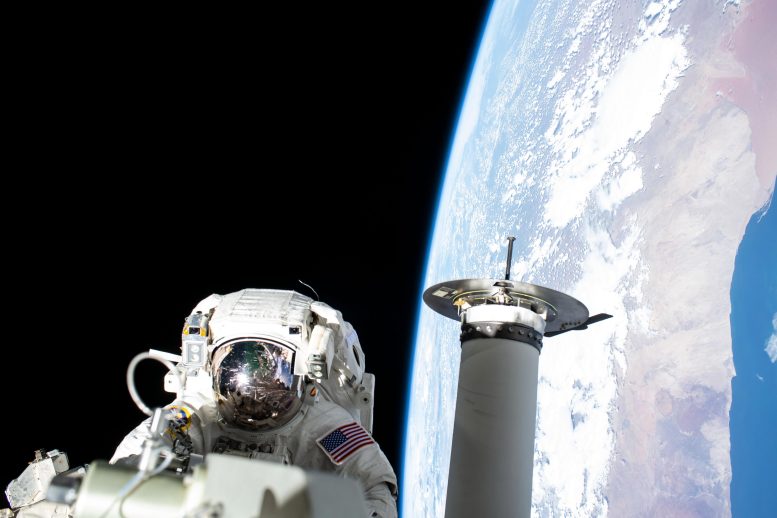
Expedition 68 Flight Engineer and NASA spacewalker Josh Cassada prepares a roll-out solar array for its deployment on the International Space Station’s Port-4 truss segment as the orbiting lab flew 262 miles above the Atlantic Ocean off the coast of Namibia on December 22, 2022. Credit: NASA
Human research, space botany, and tiny satellites filled the research schedule aboard the International Space Station (ISS) on Wednesday, January 4, 2022. The seven Expedition 68 crew members also split their day on maintaining lab systems and packing a U.S. cargo craft for departure.
It was the second day of operations for the GRIP study as NASA Flight Engineer Josh Cassada explored how dexterous manipulation is affected by living and working in weightlessness. He was seated once again inside the Columbus laboratory module performing computerized scientific tasks with a controller device. Researchers will use the data to help design intelligent spacecraft interfaces enabling human missions to the Moon, Mars, and beyond.
NASA Flight Engineer Frank Rubio watered and photographed tomatoes growing for the Veg-05 space agriculture experiment. The main purpose of the botany investigation is to create a continuous fresh food production system to sustain astronauts traveling far beyond low-Earth orbit and decrease reliance on visiting cargo missions.
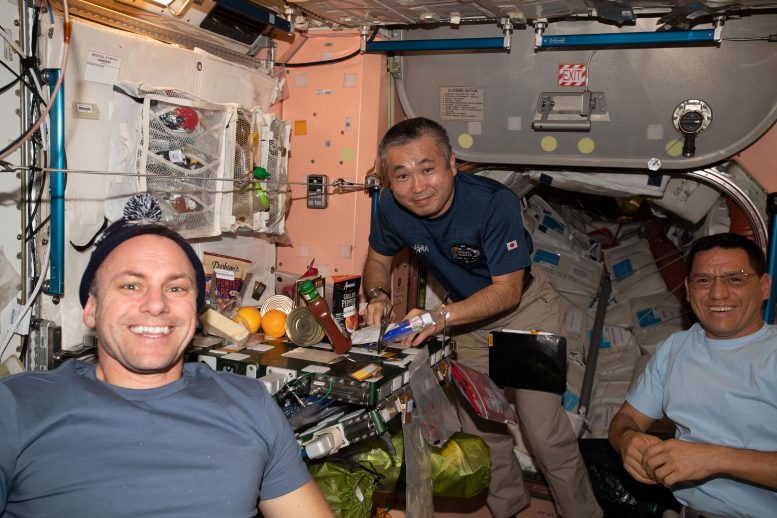
Expedition 68 Flight Engineers (from left) Josh Cassada of NASA, Koichi Wakata of the Japan Aerospace Exploration Agency (JAXA), and Frank Rubio of NASA, pose for a photograph while sharing a meal on Christmas Eve inside the International Space Station’s Unity module. Credit: NASA
Science also takes place outside the orbiting lab with experiments attached to external platforms or small research satellites deployed from the station into Earth orbit. Flight Engineer Koichi Wakata of the Japan Aerospace Exploration Agency (JAXA) spent the day installing a set of CubeSats into the Kibo laboratory module’s airlock. The nanosatellites will be staged outside in space then deployed into orbit on Friday to demonstrate a variety of technologies such as communications, propulsion systems, and Earth observations.
NASA Flight Engineer Nicole Mann partnered with Rubio during the afternoon continuing to load the SpaceX Dragon resupply ship with cargo ahead of its return to Earth next week. The duo, along with Cassada and Wakata, will accelerate its cargo activities going into the weekend finally loading sensitive research samples for analysis on Earth into Dragon before it undocks on Monday at 5:05 p.m. EST.
All four astronauts also had time set aside on Wednesday for vision tests using a standard eye chart commonly seen in an optometrist’s office. Doctors on Earth monitored the tests real-time checking the crew’s visual acuity, visual field, and contrast sensitivity.
Working in the Zvezda service module, cosmonauts Sergey Prokopyev and Dmitri Petelin checked out the audio system’s low frequency and very high frequency receivers. Roscosmos Flight Engineer Anna Kikina cleaned the Nauka multipurpose laboratory module’s ventilation system in the morning then studied futuristic planetary and robotic piloting techniques during the afternoon.

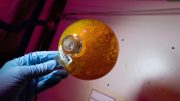
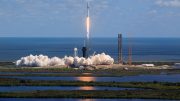

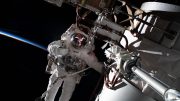
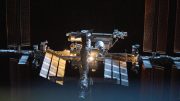
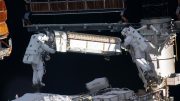
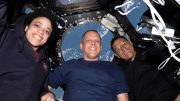
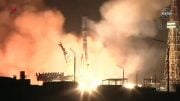
Be the first to comment on "Top Space Station Research: Humans, Tomatoes, and Tiny Satellites"